How to clean a toilet brush - and how often you should to keep germs at bay
We’ve got some news; you’re probably not cleaning your toilet brush as much as you should

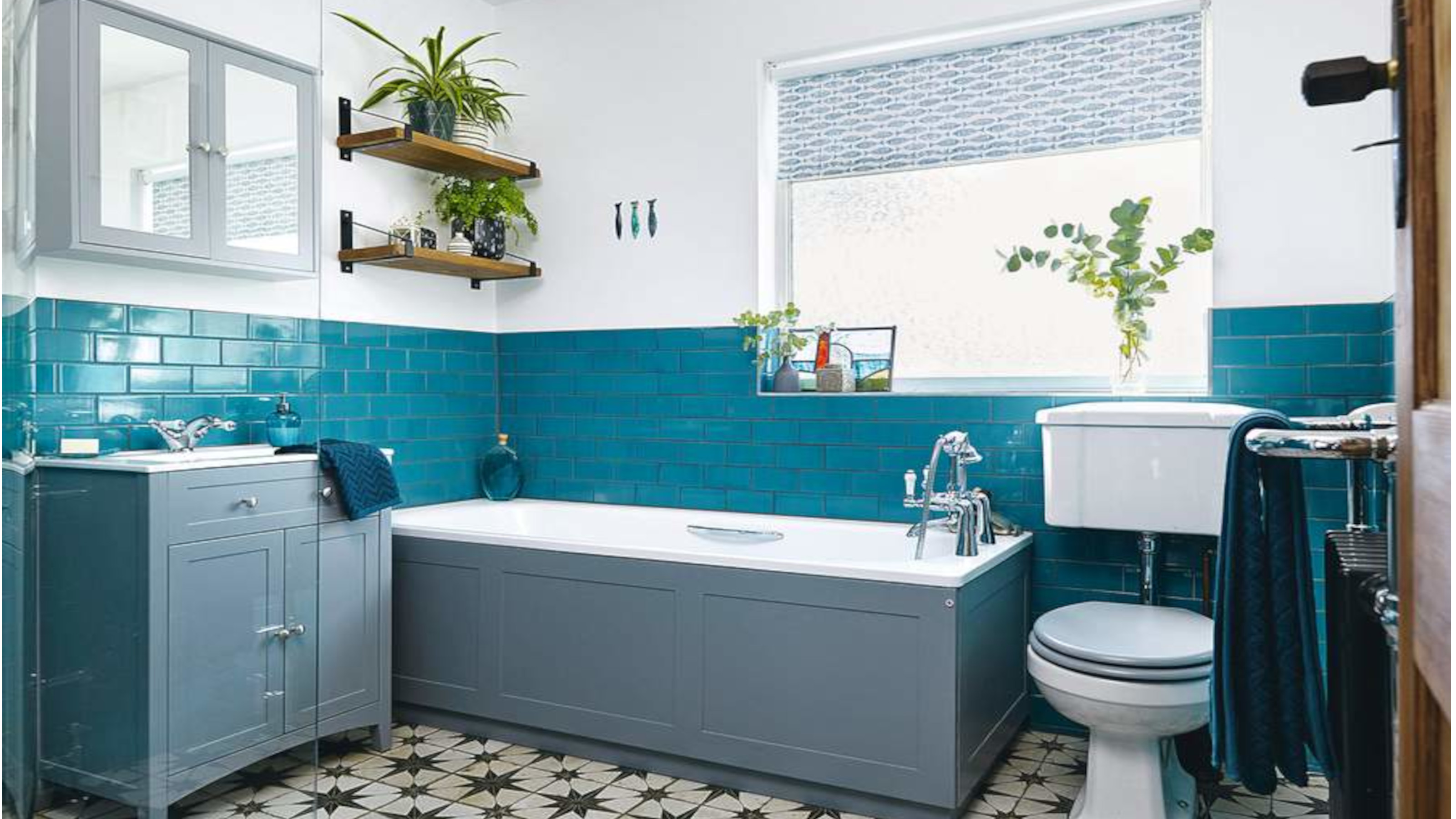
Talk of toilet time makes many people blush, and we’re sure there are some out there who would spontaneously combust upon hearing the word “skid marks.” But the reality is that we all have toilets, we all have toilet brushes, and we all need to know how to clean a toilet brush.
Of course, we know that there are so many bathroom cleaning hacks out there. From cleaning your toilet with washing up liquid to using oil to make your shower screen shine, these hacks all seem to focus on the bigger aspects of your bathroom. As a result, the humble (but equally as dirty) toilet brush often gets left behind.
But now is the time to start a toilet brush cleaning revolution. As these brushes are riddled with germs and bacteria, they need cleaning on a regular basis - and experts even suggest replacing your toilet brush every six months to limit the germs you could be adding to your toilet bowl.
Thankfully, cleaning your toilet brush doesn’t have to be a chore you dread. There are so many easy ways to give your toilet brush a new lease of life, and we’ve asked the experts to break them down for you. You might want to whip out your Marigolds for this job, though…

How to clean a toilet brush
Toilet brushes aren’t glamorous or attractive, but they’re an essential part of any bathroom. And to avoid adding to your list of bathroom cleaning mistakes, we’ve compiled a list of the easiest ways to clean a toilet brush.
1. Use baking powder and white vinegar
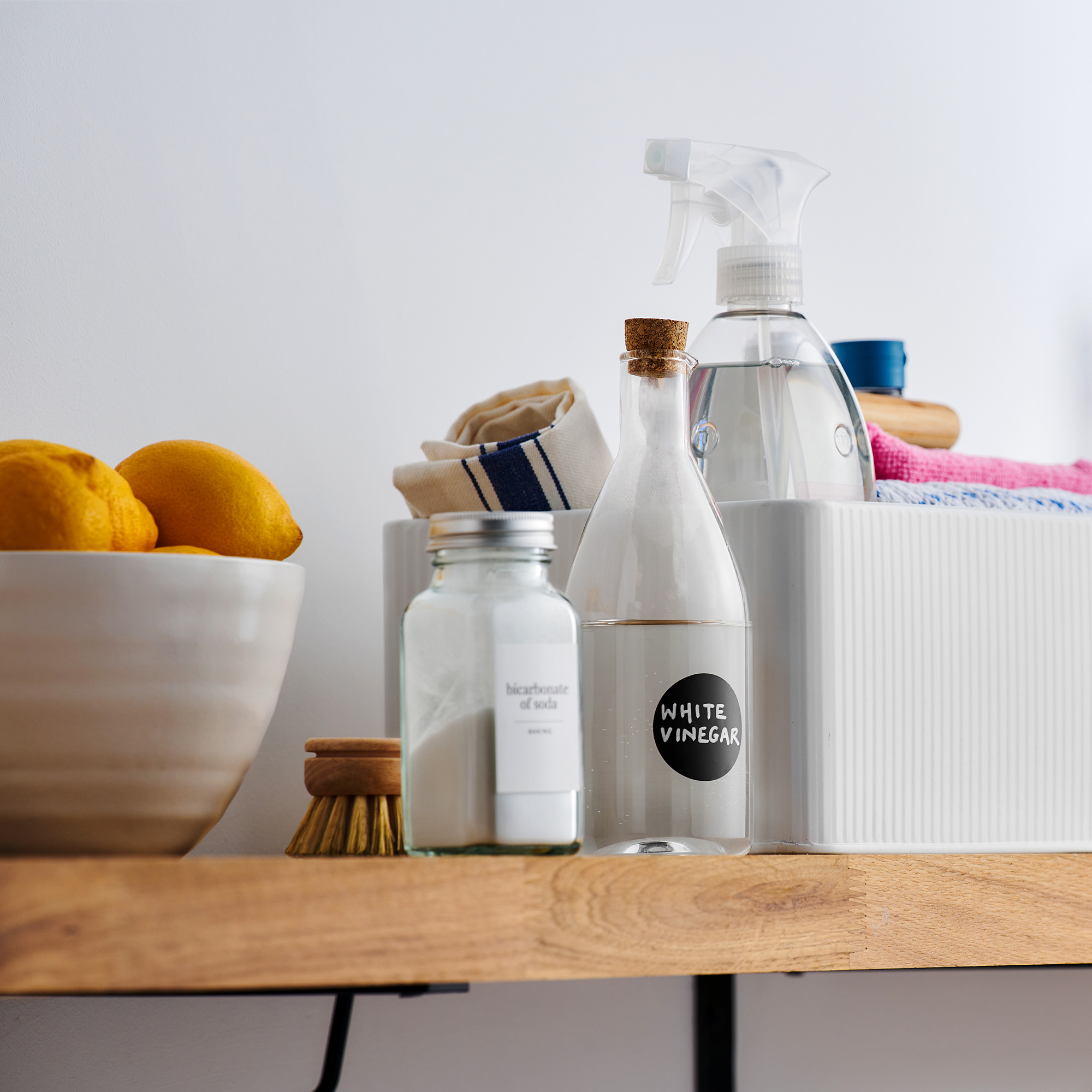
If you’re trying to use more eco-friendly cleaning products, cleaning with white vinegar could be the perfect option to clean your toilet brush.
To begin, you need to soak your toilet brush in white vinegar. Then, ‘baking soda should be added to the brush before giving it a freshwater rinse (hold the brush in the toilet bowl and flush) to eliminate any remaining odours,’ says DIY fanatic and founder of Brightchecker, John Antill. ‘Before putting the brush back in its holder, let it air dry - peg it to your washing line for maximum drying effect.’
Sign up to our newsletter for style inspiration, real homes, project and garden advice and shopping know-how
The baking powder will also whiten the bristles, getting rid of any yellowy/brown tinge.
2. Use bleach
According to original cleaning guru Anthea Turner, you should avoid having bottles of bleach in the bathroom at all costs.
However, bleach is your best friend when it comes to cleaning germ-ridden bathroom fixtures. That’s why she suggests turning to £2 bleach tablets instead - and they can work wonders for cleaning a toilet brush.
To get the most out of your bleach tablets, it’s best to use two or three per toilet brush. Simply add them to a bucket of hot water and soak your toilet brush in there for around an hour. When the time is up, rinse it off somewhere safe (e.g in the shower where you won’t get splashed with the bleach), and then let it air dry before placing it back in the holder.
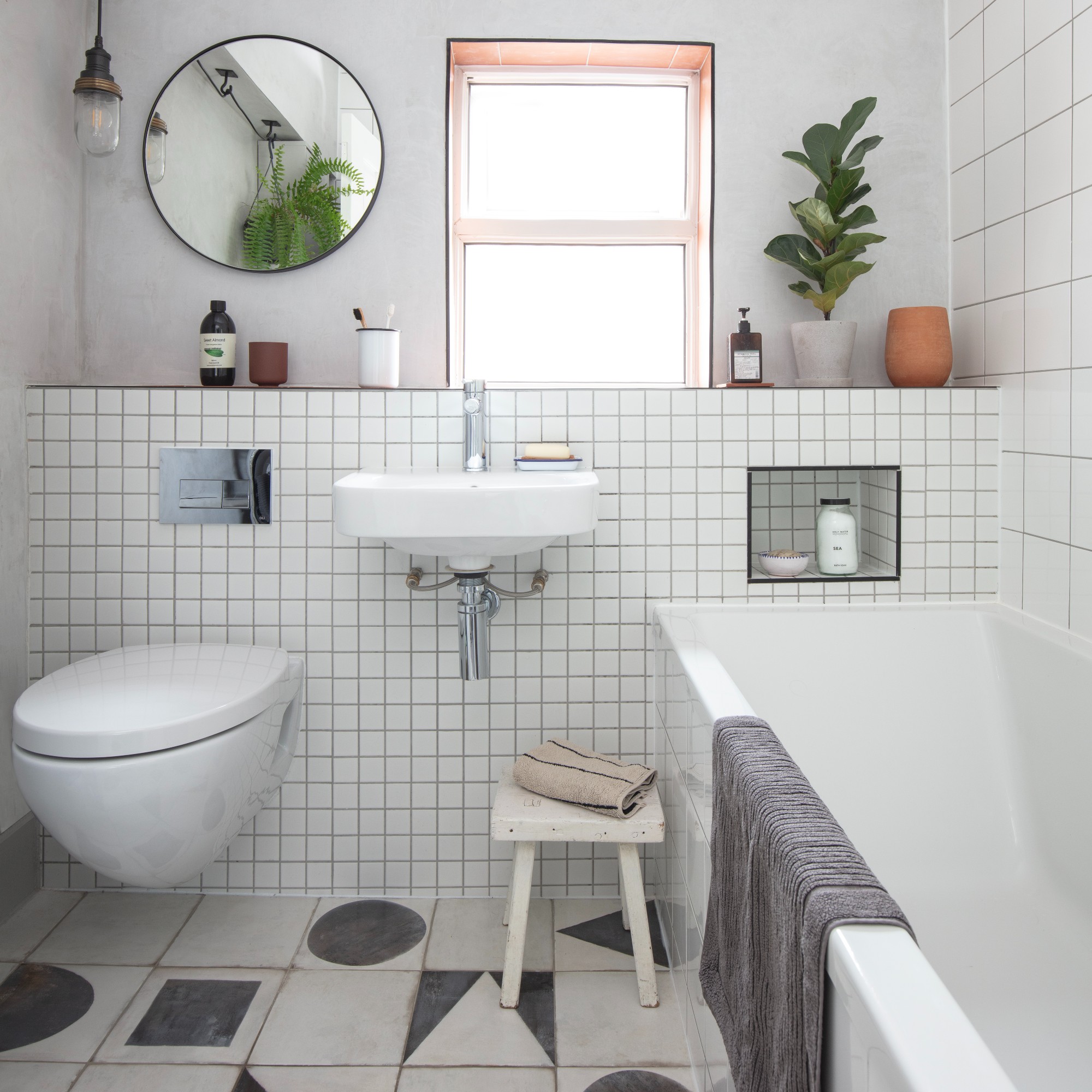
However, that’s not to say that you can’t use liquid bleach if you have some lying around the house. Cleaning expert Joyce French at HomeHow.co.uk has revealed the best way to use it.
‘Boil a kettle full of water and carefully pour this water in the bucket. Make sure your bucket is deep enough to contain enough water so that you can completely submerge the toilet brush and holder in the water,’ she says. ‘Add 500ml of bleach to the water in the bucket, and submerge the toilet brush and holder.’
She suggests leaving this for at least an hour, or overnight if you can. Then, you just need to rinse the brush and the holder under hot water, and completely dry both of them before returning them to their home next to the toilet.
3. Use disinfectant
There’s a high chance that you already have a number of bathroom cleaners and disinfectants under your sink, so you’ll be happy to learn that you don’t need to buy anything new to clean your toilet brush. Just like bleach, disinfectant, such as Zoflora, will work wonders on this bathroom essential.
Lynsey Crombie, AKA Lynsey Queen of Clean, says, ‘Pop a bucket into the bath and fill with hot water and either bleach or disinfectant. Make sure there is enough water to cover the whole brush including the handle. Carefully pop the brush into the bucket, along with the holder and leave to soak for an hour.’
‘After soaking, pour the bucket of water down the toilet, rinse the brush, and let it air dry before putting it back in its holder.’
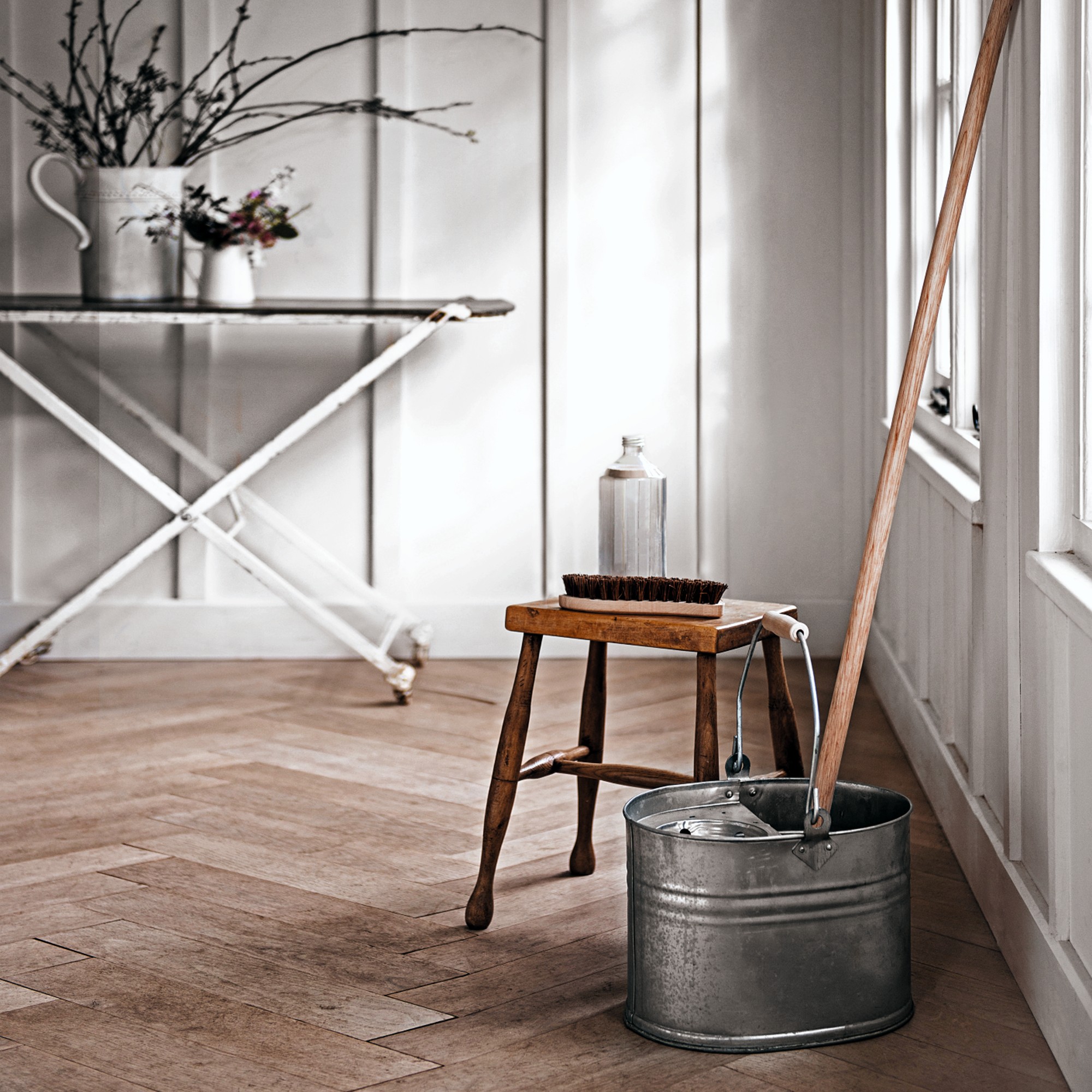
4. Use soapy water
You might not think it could get the job done, but soapy water is surprisingly effective at cleaning everything from windows to toilet brushes - especially if you finish off with some disinfectant spray. Plus, this option also allows you to clean the toilet brush holder at the same time.
All you need to do is take the toilet brush out of the holder, and then fill it with hot, soapy water. Place the toilet brush back into the holder, moving it in quick, circular motions to get the water in between all of the bristles. Then, empty the dirty water down the toilet.
Once you’ve done that, fill the toilet brush holder with soapy water again, this time adding a bleach capsule, a few drops of liquid bleach, or some disinfectant into the holder. Leave the brush to sit in the water for around 15 minutes, empty the water down the toilet, and then wash both the toilet brush and the toilet brush holder with clean water.
To finish, you could spray the toilet brush with disinfectant one last time to ensure it’s extra clean!
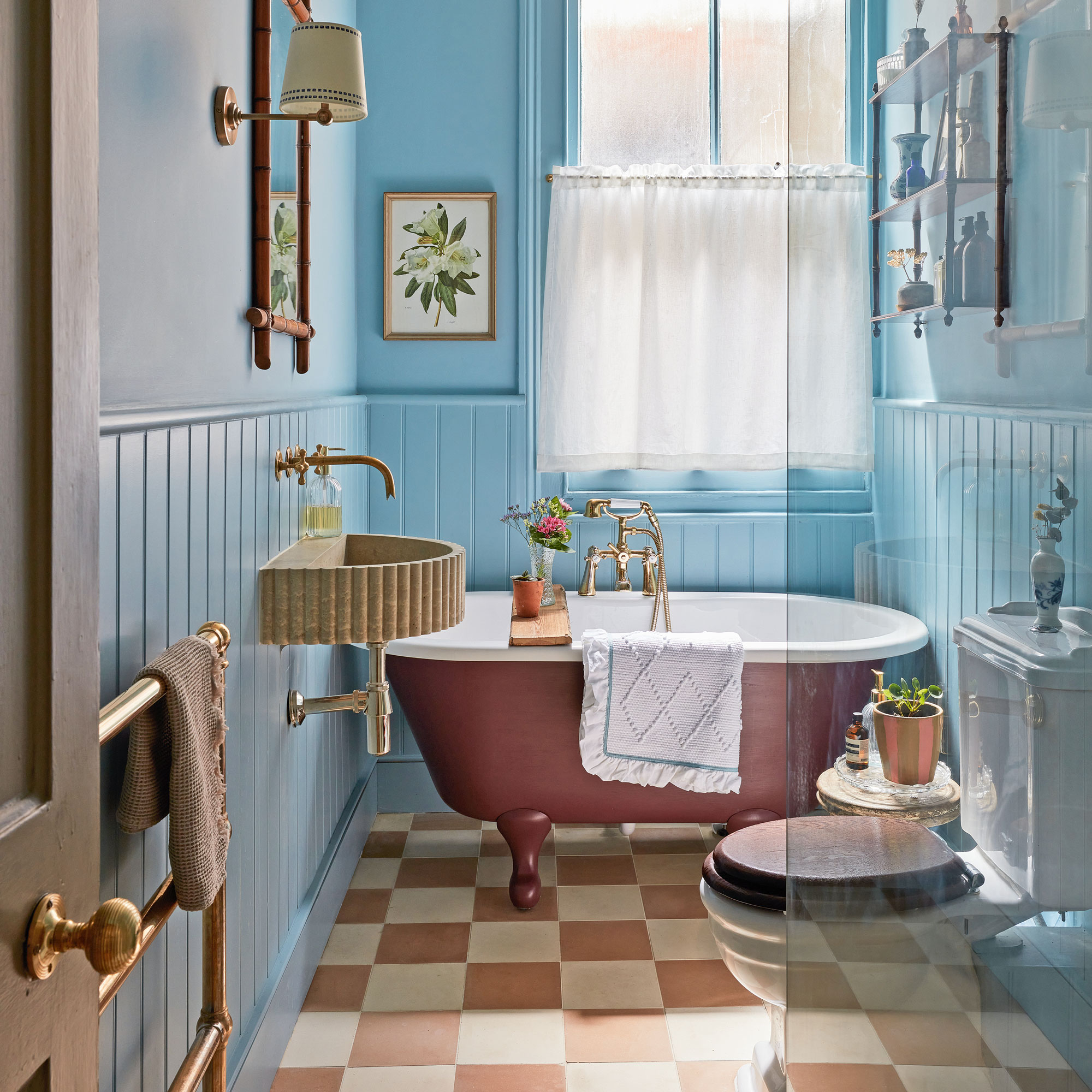
When to clean a toilet brush
‘A toilet brush should be cleaned regularly to remove harmful germs and bacteria. When a toilet brush is in use it can easily spread this bacteria which in some cases can be significantly detrimental to your health,’ says bathroom expert Peter Clayton, from Trade Plumbing
And if you’re someone who prides themselves on their cleanliness, experts suggest that you clean your toilet brush after every use.
Of course, that doesn’t mean that you have to do a thorough clean each time. Peter suggests, ‘Simply spray your brush with disinfectant spray and leave for ten minutes, then rinse with warm water. This will help prevent harmful bacteria forming in between deep cleans.’
Generally speaking, it’s suggested that you clean your toilet brush (and your toilet brush holder) at least once a week to stop germs from spreading. And this should work out nicely, as you can incorporate your toilet brush cleaning time into your weekly bathroom blitz.
When to replace a toilet brush
When was the last time you replaced your toilet brush? Well, you might be due a re-fresh. ‘Toilet brushes with silicone heads are much more hygienic and durable, and they will usually last about a year unless the head becomes loose,’ says Lynsey Crombie.
‘Bristle brushes should be replaced when even after cleaning they are discoloured and start to smell. These brushes normally only last 4 to 6 months if cleaned regularly.’
Of course, if you want to change your toilet brush more regularly, that’s totally up to you.
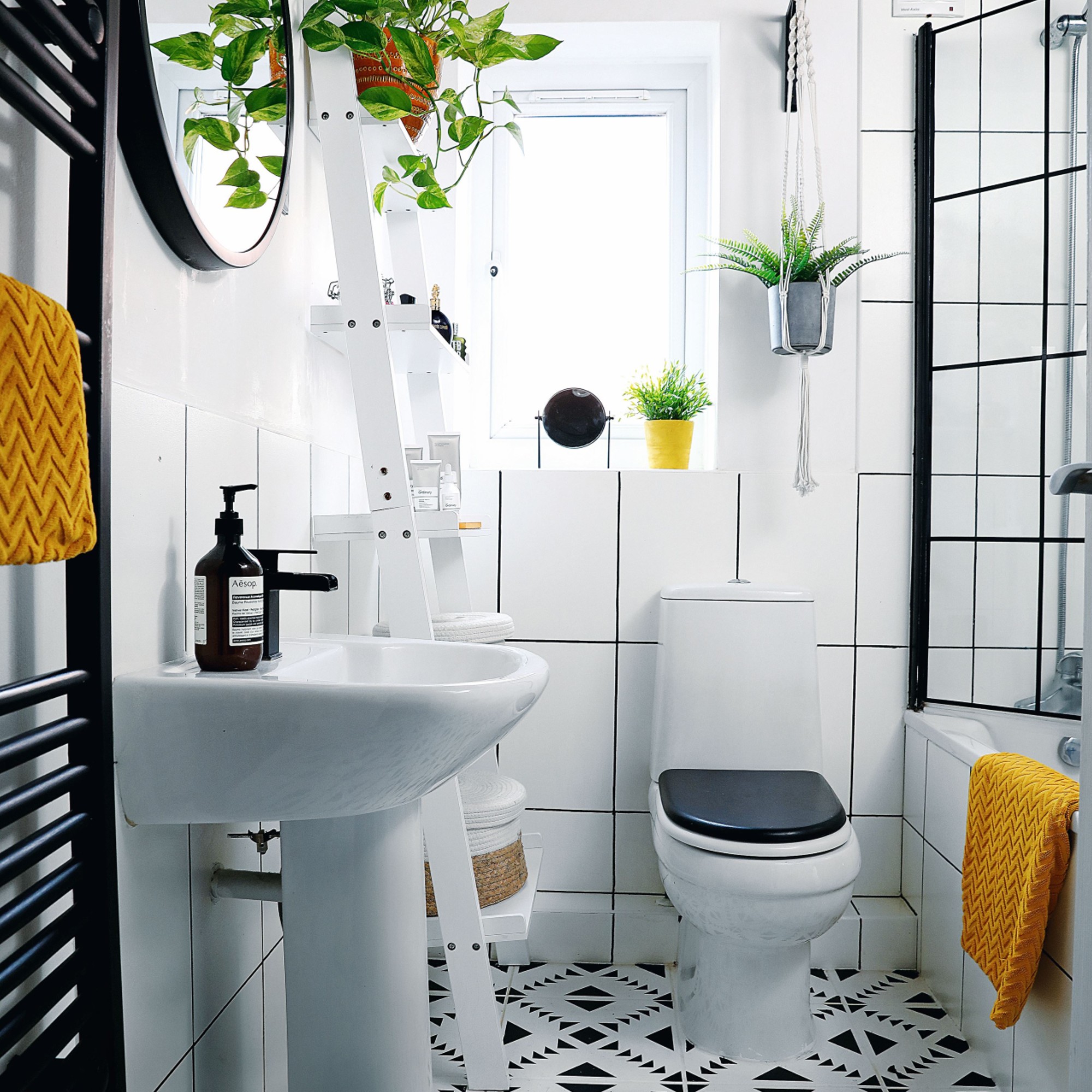
FAQs
What is the most hygienic way to clean a toilet brush?
If your focus is on hygiene, using bleach to clean your toilet brush will be most effective. Bleach has the ability to clean around 99% of germs, which is much higher than other cleaning options. However, more and more people are choosing to switch out bleach for more eco-friendly alternatives. And while these alternatives may not be as effective, they will still give your toilet brush a thorough clean.
What can I soak my toilet brush in?
To clean your toilet brush, you can soak it in a mixture of water and bleach. There are many alternatives, though. Vinegar and baking soda can also help to clean your toilet brush, as well as other bathroom cleaners and disinfectants. Soaking your toilet brush in any of these concoctions will kill bacteria, remove any loose debris, and often help with the appearance and the smell of your toilet brush.
How often do you need to clean your toilet brush?
Experts suggest cleaning your toilet brush after use, if you can. This doesn’t have to be a lengthy clean, but spritzing the toilet brush with a disinfectant after every use will stop germs from spreading. If you can’t do this, however, you should deep clean your toilet brush at least once a week.

Lauren Bradbury has been the Content Editor for the House Manual section since January 2025 but worked with the team as a freelancer for a year and a half before that. She graduated with a Bachelor’s degree in English and Creative Writing from the University of Chichester in 2016. Then, she dipped her toe into the world of content writing, primarily focusing on home content. After years of agency work, she decided to take the plunge and become a full-time freelancer for online publications, including Real Homes and Ideal Home, before taking on this permanent role. Now, she spends her days searching for the best decluttering and cleaning hacks and creating handy how-to guides for homeowners and renters alike, as well as testing vacuums as part of her role as the Ideal Home Certified Expert in Training on Vacuums, having spent over 110 hours testing different vacuum models to date!